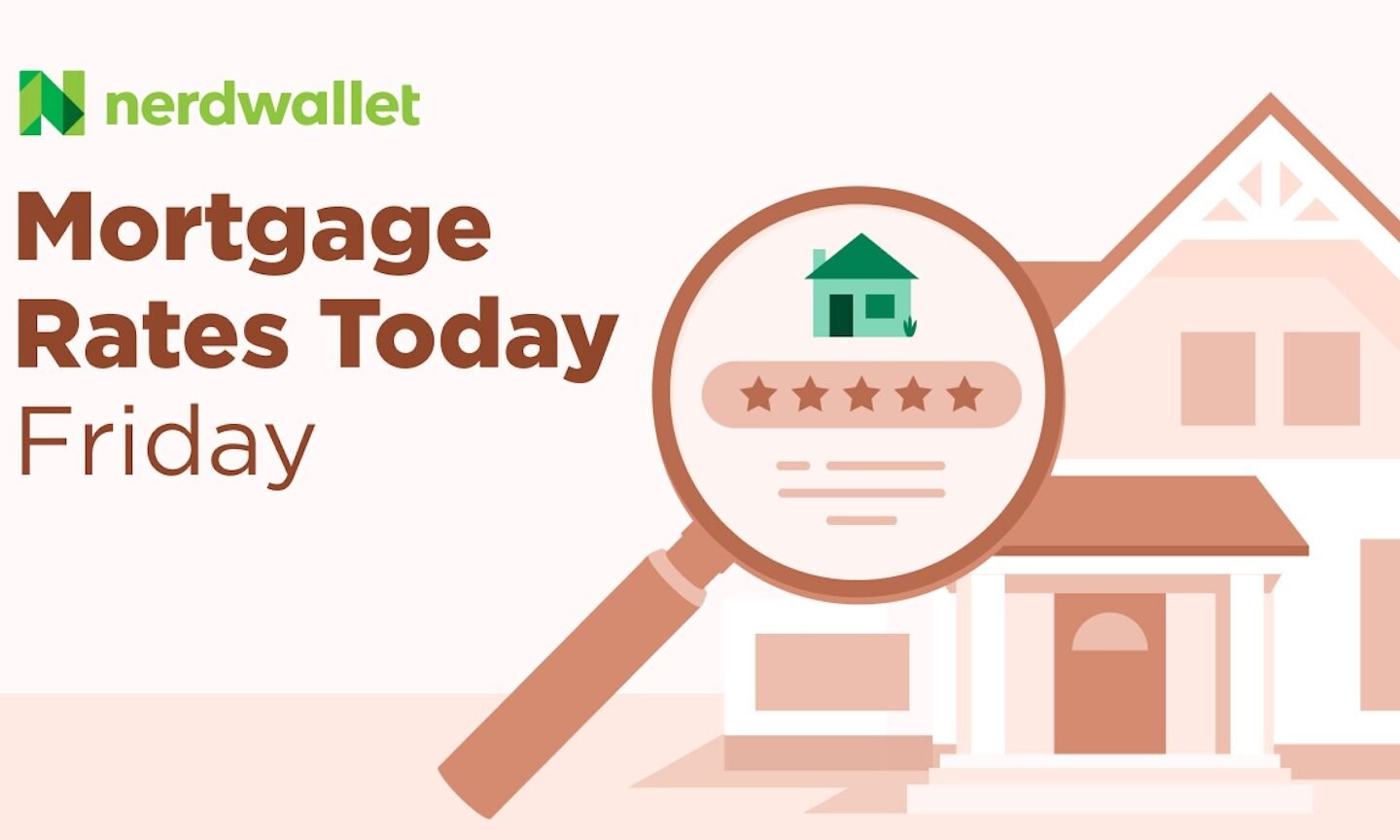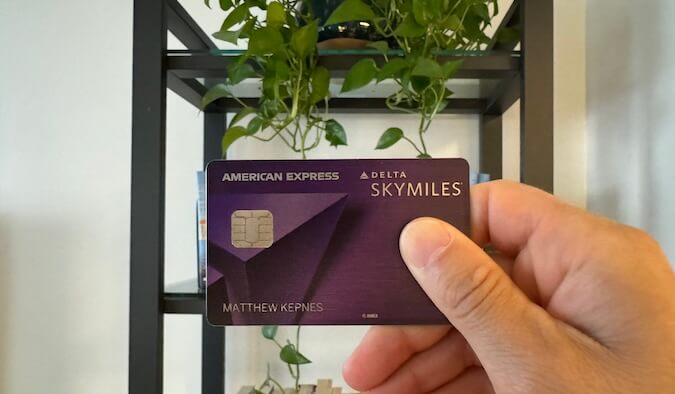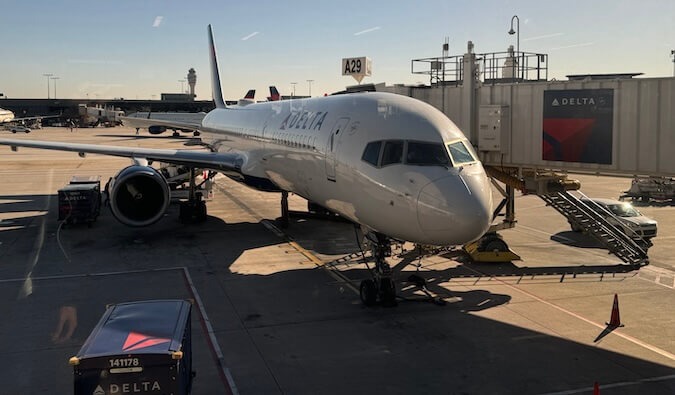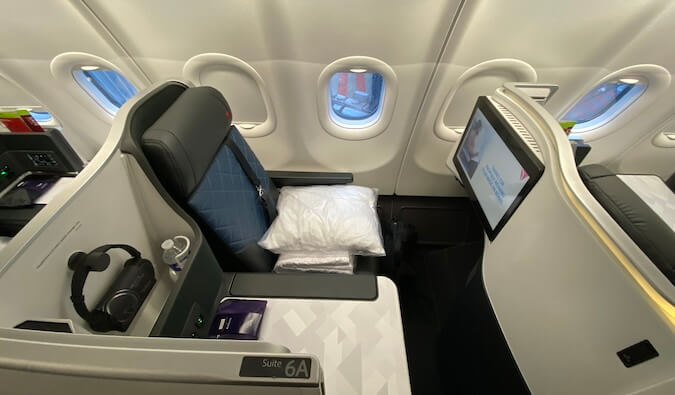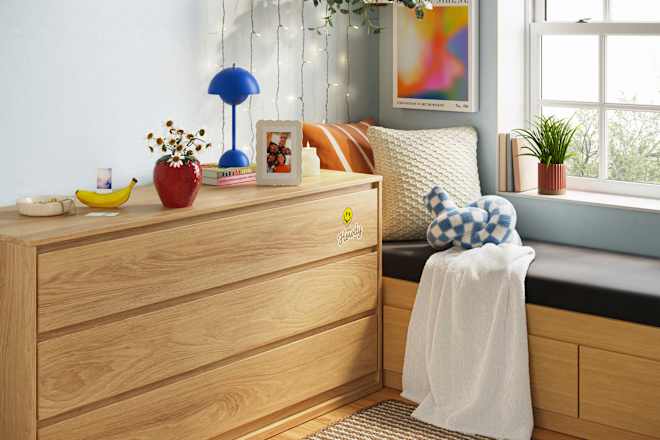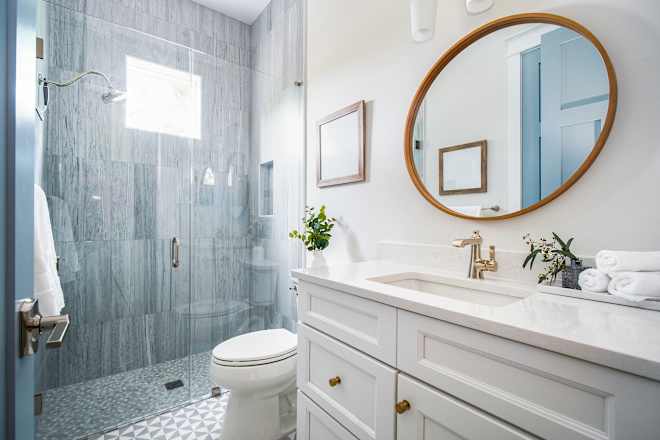How to Set Up a Smart Home System for Under $200 in 2025

Smart homes used to be expensive luxury items, but in 2025, you can create a comprehensive smart home system for under $200. Here's exactly what to buy and how to set it up.
Your $200 Smart Home Shopping List
Essential starter kit (Total: $195): Amazon Echo Dot (5th Gen) - $30, TP-Link Kasa Smart Plugs (4-pack) - $25, Philips Wiz Smart Bulbs (4-pack) - $35, Wyze Cam v3 Security Camera - $25, TP-Link Kasa Smart Light Switch - $15, Govee LED Light Strips (16ft) - $20, Smart Door/Window Sensors (6-pack) - $25, Smart Thermostat (basic model) - $20.
This gives you voice control, lighting automation, security monitoring, climate control, and entertainment lighting.
Week 1: Basic Voice Control Setup
Start with your Echo Dot and smart plugs. Place the Echo Dot in a central location and plug your most-used devices (coffee maker, lamps, fan) into smart plugs.
Simple voice commands you'll use daily: \"Alexa, turn on the coffee maker,\" \"Alexa, turn off all lights,\" \"Alexa, turn on the fan.\"
Pro tip: Name your devices with simple, easy-to-remember names like \"Coffee,\" \"Bedroom Lamp,\" or \"Living Room Fan.\"
Week 2: Smart Lighting Installation
Replace your most-used bulbs with smart bulbs and install the smart light switch in a high-traffic area like the hallway or bathroom.
Automation ideas: Lights automatically turn on at sunset, gradually dim for bedtime, turn on when motion is detected, and turn off when you leave home.
Install the LED light strips behind your TV or under kitchen cabinets for ambient lighting that responds to voice commands or automatically activates during movie time.
Week 3: Security and Monitoring
Set up your Wyze camera in the main living area or pointed at your front door. Install door/window sensors on entry points and frequently used doors.
Security automations: Get phone notifications when doors/windows open while you're away, automatically turn on lights when motion is detected at night, and record video clips when sensors are triggered.
The Wyze app lets you check your home from anywhere and even talk through the camera's speaker.
Week 4: Climate Control and Advanced Automation
Install your smart thermostat (you may need an electrician for complex systems, but many are simple plug-and-play replacements).
Energy-saving automations: Lower temperature when you leave home, warm up the house before you arrive, adjust temperature based on time of day, and create custom schedules for weekdays vs. weekends.
Creating Useful Routines
The real magic happens when devices work together. Set up these routines in the Alexa app:
\"Good Morning\": Turn on coffee maker, gradually brighten bedroom lights, start playing news, and set thermostat to comfortable temperature.
\"Leaving Home\": Turn off all lights, lock smart locks (if you add them later), set thermostat to away mode, and arm security cameras.
\"Movie Time\": Dim living room lights, turn on LED strips to soft blue, and turn off distracting notifications.
Expanding Your System Later
Once you're comfortable with the basics, consider adding: smart locks ($50-100), additional security cameras ($25-50 each), smart doorbell with video ($30-80), robot vacuum ($100-200), and smart garage door opener ($50-100).
Popular expansion brands that work well together: TP-Link Kasa, Wyze, Amazon Basic, and Govee all offer affordable options that integrate easily.
Troubleshooting Common Issues
If devices won't connect: Make sure you're on a 2.4GHz WiFi network (many smart devices don't work with 5GHz), keep devices close to your router during setup, and restart your router if you're having widespread connection issues.
For voice recognition problems: Speak clearly and use the exact device names you set up, avoid similar-sounding names, and place your Echo away from TVs and speakers.
Your $200 smart home will save money on energy bills, increase security, and make daily tasks more convenient. Start small and add devices as you discover what works best for your lifestyle.
What's Your Reaction?
 Like
0
Like
0
 Dislike
0
Dislike
0
 Love
0
Love
0
 Funny
0
Funny
0
 Angry
0
Angry
0
 Sad
0
Sad
0
 Wow
0
Wow
0







